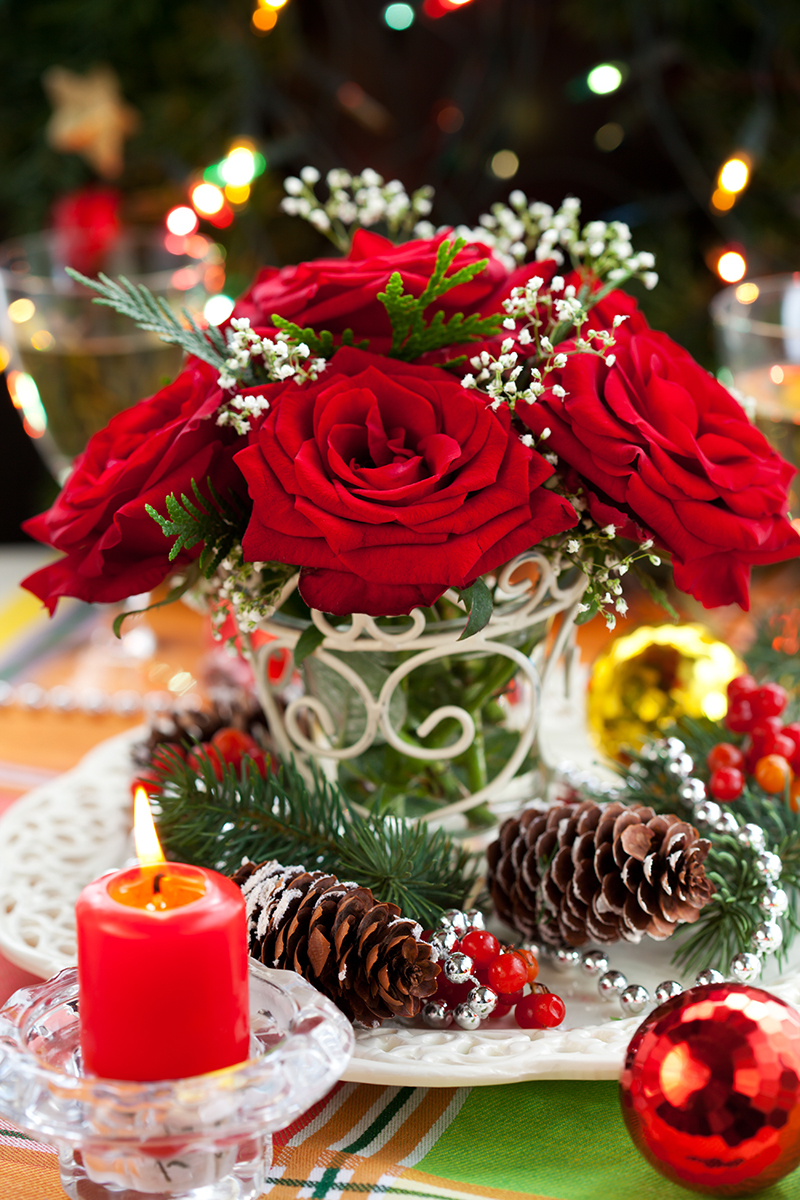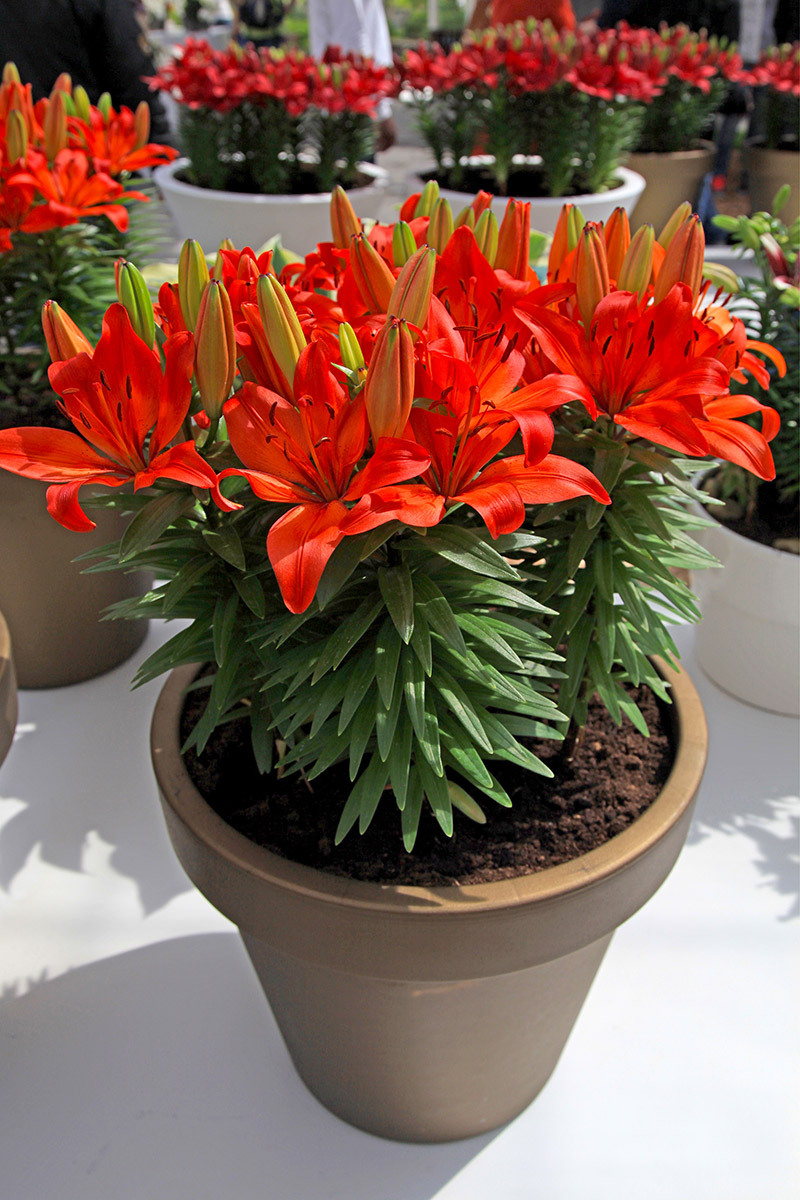Cut Flower Care: Keeping Blooms Alive
Posted on 18/08/2025
Cut Flower Care: Keeping Blooms Alive
Nothing brings energy and color into a room quite like a beautiful bouquet of freshly cut flowers. Yet, ensuring cut flowers stay fresh and vibrant for as long as possible can often feel like a challenge. Whether you're receiving an elaborate floral arrangement as a gift, or picking a handful of wildflowers from your garden, learning the secrets of effective cut flower care will help you prolong the life of your blooms and fully enjoy their beauty. In this article, you'll discover comprehensive, expert-backed advice on maximizing flower longevity, practical daily tips, and solutions to common cut flower problems.

Table of Contents
- Why Cut Flower Care Matters
- The Science Behind Cut Flowers
- Preparing Your Bouquet: The First Steps
- Choosing the Right Vase & Water
- Proven Tips for Keeping Flowers Fresh Longer
- DIY Flower Food: Homemade Solutions
- What to Avoid: Common Flower Care Mistakes
- Flower-Specific Care Tips
- Frequently Asked Questions on Cut Flower Care
Why Cut Flower Care Matters
When you bring home or receive a bouquet, you're not just adding a dash of color to your surroundings - fresh flowers can boost mood, inspire creativity, and enhance well-being. That's why preserving the freshness of cut blooms is essential, whether they're adorning your kitchen table or brightening up an office desk. Well-maintained flowers can last up to two weeks or more, saving you money and maximizing the enjoyment from every stem.
The Science Behind Cut Flowers
After a flower is cut, it loses its direct supply of water and nutrients from the plant's roots. It relies solely on the moisture in its environment and the care it receives. Stem blockages, microbial buildup, and dehydration are the primary enemies of flower vase life. Understanding the biology behind cut flower longevity helps in crafting a care routine that keeps them vibrant and fresh.
Key Factors Affecting Longevity
- Bacteria Growth: Microbes thrive in vase water, blocking stems and causing decay.
- Water Uptake: Clean water and trimmed stems allow flowers to hydrate efficiently.
- Environmental Stress: Excess heat, sunlight, and ethylene gases from fruits cause flowers to age faster.
Preparing Your Bouquet: The First Steps
Proper care starts the moment you bring your bouquet home--or as soon as the florist delivers it. Follow these beginner-friendly steps for preparing cut flowers and getting them initialized for a longer vase life:
- Unwrap Carefully: Remove all packaging, rubber bands, and protective wrappings.
- Inspect the Blooms: Discard any wilted, damaged, or dead stems or leaves.
- Trim the Stems: Using sharp, clean flower shears, cut 1-2 inches off the stem bottoms at a 45-degree angle under running water. This increases the surface area for water absorption and prevents air bubbles from entering the stem, which can block water uptake.
- Remove Lower Leaves: Strip off any leaves that will be submerged in water to avoid bacterial growth.
Tip: Always use clean and sanitized tools to avoid introducing bacteria to your flowers.
Choosing the Right Vase & Water
Selecting an Appropriate Vase
Pick a vase that fits your arrangement--tall and narrow for longer stems, wide and short for compact bouquets. Ensure your vase is thoroughly cleaned with soap and hot water, or even a diluted bleach solution, to kill any hidden bacteria or residue.
Water Quality Matters
Fresh, clean water is one of the best gifts you can give your cut flowers. Fill your vase with lukewarm (not hot or cold) water, as this helps stems absorb moisture more efficiently. Some flowers, like tulips, prefer colder water, so always check specific needs if possible.
Proven Tips for Keeping Flowers Fresh Longer
- Change the Water Daily: Clean water keeps bacteria in check and provides constant hydration.
- Recut Stems Regularly: Every 2-3 days, trim a small portion off each stem to clear blockages.
- Use the Right Flower Food: Most bouquets include a sachet of nutrient-rich powder. Dissolve it thoroughly in the water to feed your blooms and minimize bacterial growth.
- Keep Flowers Cool: Avoid direct sunlight, heat sources, or drafts. Cooler environments slow the aging process.
- Beware of Ripening Fruit: Bananas and apples emit ethylene gas, which accelerates petal drop and yellowing.
- Refresh the Arrangement: Remove any fading or dead flowers promptly to prevent them from affecting healthy blooms.
DIY Flower Food: Homemade Solutions
Ran out of commercial flower food? No problem. It's easy to make an effective homemade preservative that nourishes your flowers after cutting:
- 1 teaspoon sugar (nourishment for flowers)
- 2 teaspoons lemon juice or white vinegar (to acidify water and deter bacteria)
- 1/2 teaspoon household bleach (stops microbial growth)
- 1 quart lukewarm water
Mix these ingredients thoroughly and add to your clean vase. Always stir well to fully integrate the nutrients and anti-microbial agents.
What to Avoid: Common Flower Care Mistakes
Mistakes in cut flower care can dramatically shorten the life of your blooms. Steer clear of these common pitfalls to keep your bouquet looking fresh and lively:
- Never crush or split stems (unless instructed for woody varieties)--it damages the water vessels.
- Don't use dirty or cloudy water, which fosters excessive bacterial growth.
- Avoid placing bouquets near heating vents, radiators, or in the path of cold drafts.
- Never place flowers in direct sunlight for prolonged periods.
- Don't ignore wilting blooms--remove them promptly to protect healthy stems.
Bonus Tip: Don't mix different varieties without researching compatibility. Some flowers exude chemicals that can negatively affect others (daffodils are a classic example).
Flower-Specific Care Tips
Not all blooms have the same needs. Here's how to ensure popular cut flower types stay fresh:
Roses
- Remove thorns and lower leaves.
- Cut stems under water and at a steep angle for best water flow.
- Display roses in deep water and recut often.
Lilies
- Remove pollen-laden stamens to prevent staining and increase vase life.
- Keep lilies away from fruit and direct heat.
Daffodils
- Place alone for first 12-24 hours after cutting; their sap saps energy from other flowers.
- Rinse stems in cold water before mixing with other blooms.
Tulips
- Use cool water and only a little--tulips continue to grow after cutting, often bending gracefully towards light.
- Support stems with tall, sturdy vases.
Hydrangeas
- Submerge wilted heads in cool water for an hour to revive.
- Crush stem ends slightly and use plenty of water.
Frequently Asked Questions on Cut Flower Care
How long should cut flowers last?
With proper care, most fresh cut flowers last seven to ten days, but some, like chrysanthemums and carnations, can last up to two weeks or more.
Should I refrigerate my flowers at night?
Storing bouquets in the refrigerator (away from fruit and vegetables) overnight can extend their life, especially in warm climates. Just make sure they're not exposed to freezing temperatures.
Can I use aspirin, soda, or coins in the vase water?
Though these are popular hacks, their effectiveness varies. Homemade flower food with sugar, acidifier (like lemon juice), and a mild bleach solution typically works best.
How do I deal with drooping or wilting flowers?
Recut stems under water, change the vase water, and ensure stems are free from obstructions. Reviving wilted hydrangeas or roses may require submerging entire stems in water for a few hours.
What about flowering branches?
For woody stems like cherry blossoms or forsythia, make a vertical slit or crush the ends to improve water uptake, and keep them in warm, not hot, water initially.

Conclusion: Lasting Blooms, Lasting Joy
Learning the art of cut flower care transforms any bouquet from a fleeting pleasure to a lasting joy. By following simple preparation steps, keeping water and vases clean, using effective plant food, and understanding your flowers' specific needs, you can greatly extend the beauty and longevity of your cut blooms. With a little daily attention and these expert techniques, every arrangement can fill your home with color, fragrance, and an uplifting sense of nature for days on end.
Share this guide with fellow flower enthusiasts and feel free to experiment with different varieties and homemade flower foods. Cut flowers--when properly cared for--bring endless delight. Happy arranging!
Latest Posts
How Red Roses Came to Symbolize Valentine's Love
Peony Flower Symbolism: A Journey Through Colour Meanings
Find Out What Your Birth Flower Says About Your Emotions





